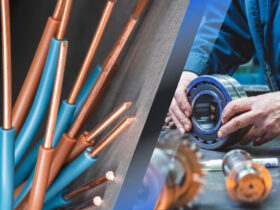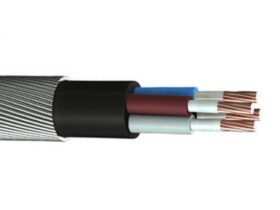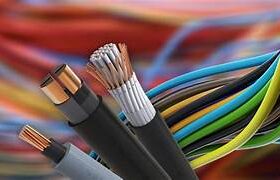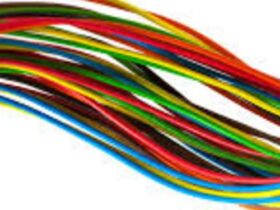As current passes through a wire it encounters resistance to the current flow, this causes some of the electrical energy to be converted into heat energy, which is in turn dissipated to the surrounding area.
The effect of this resistance and the resulting electricity or power loss can be reduced by increasing the size of the conductor. Yet increasing the conductor size has several disadvantages; firstly the conductor is more expensive and heavier, requiring additional support; and secondly, there is a limit to how effective this is for AC transmission.
However, increasing the voltage will increase the ‘pressure’ to overcome this resistance to current flow, resulting in a much more efficient means of transmitting power. AC voltages can be easily increased using transformers.
AC power has been traditionally used for the transmission of power because the voltages can be easily converted with step-up or step-down transformers. AC systems do however have problems and suffer losses through induction (electromagnetic fields).
Increasingly, high voltage DC power is being used to carry electricity over long distances and this can prove to be a more efficient means of transmission. Generated AC power is converted to HVDC by rectifiers for transmission purposes and then converted back to AC with the use of inverters for consumption purposes.
Find here Power Cables, Electrical Power Cable manufacturers, suppliers & exporters in India.












Leave a Reply